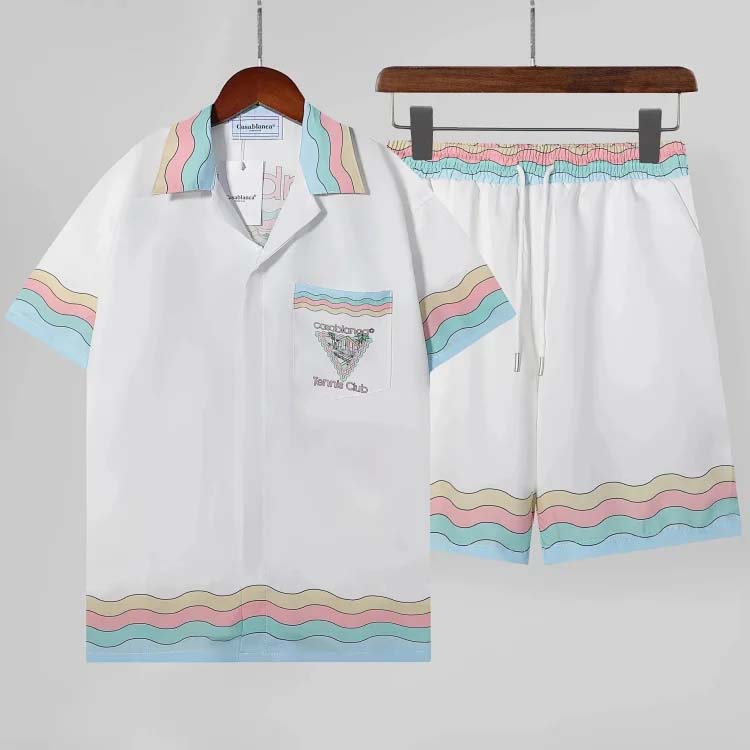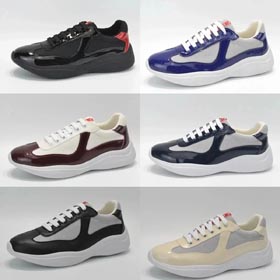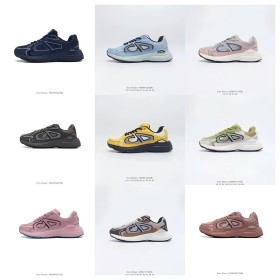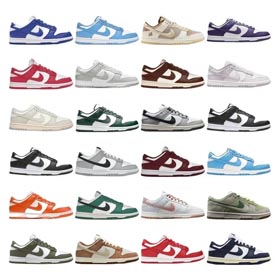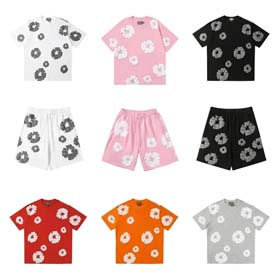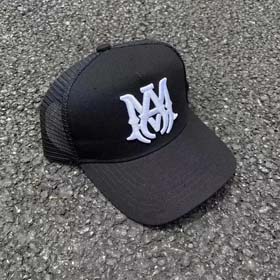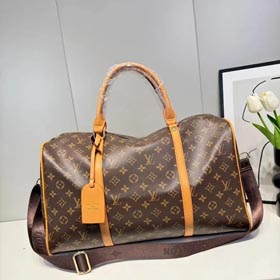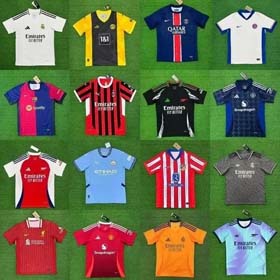The Development of Gucci: A Legendary Journey in the Fashion World
2025-04-09
The Development of Gucci: A Legendary Journey in the Fashion World
Gucci, a name that resonates with luxury, style, and Italian craftsmanship, has had a remarkable journey in the world of fashion. From its humble beginnings as a small leather goods shop in Florence to becoming a global fashion powerhouse, Gucci's story is one of innovation, adaptation, and enduring appeal.
Humble Beginnings in Florence
Guccio Gucci founded the brand in 1921 in Florence, Italy. Guccio, who had worked as a porter at the Savoy Hotel in London, was inspired by the luxury goods he encountered there. Returning to his hometown, he opened a small shop that sold high - quality leather goods, including handbags, luggage, and saddles. The early products were characterized by their fine craftsmanship and use of premium materials, which quickly gained the attention of local customers.
In the 1930s, Gucci introduced its first bamboo - handled handbag. The use of bamboo, a material that was difficult to work with but offered a unique and elegant look, became an instant trademark of the brand. This innovative design not only set Gucci apart from its competitors but also laid the foundation for its reputation as a pioneer in luxury fashion.
Expansion and the Rise of Iconic Designs
The post - World War II era was a period of significant growth for Gucci. As the global economy recovered and travel became more common, the demand for luxury luggage and accessories increased. Gucci expanded its product range and opened new stores in major cities around the world, including Rome, Milan, and New York.
During this time, Gucci also introduced some of its most iconic designs. The double - G logo, created in the 1960s, was inspired by the initials of Guccio Gucci. This logo, which has become one of the most recognizable symbols in the fashion industry, was used prominently on handbags, wallets, and clothing, helping to establish a strong brand identity. Another iconic design was the Gucci horsebit loafers. First introduced in the 1950s, these shoes featured a distinctive horsebit detail on the front, combining style and functionality.
Challenges and the Tom Ford Era
In the 1980s and early 1990s, Gucci faced several challenges. The brand had become overly commercialized, with a proliferation of products and a dilution of its brand image. The company also faced financial difficulties and management issues. However, in 1994, Tom Ford was appointed as the creative director, and he brought about a dramatic transformation.
Ford introduced a new, sexy, and modern aesthetic to Gucci. He revitalized the brand by incorporating bold colors, provocative designs, and a sense of glamour. His collections featured body - conscious clothing, leather goods with edgy details, and a new line of accessories that appealed to a younger, more fashion - forward audience. Under Ford's leadership, Gucci became a symbol of luxury and desirability once again, and the brand's financial performance improved significantly.
Post - Ford and Continued Evolution
After Tom Ford left Gucci in 2004, the brand continued to evolve under different creative directors. Alessandra Michele, who took over in 2015, brought a fresh and eclectic vision to Gucci. His collections were characterized by a maximalist approach, combining vintage - inspired elements, bold prints, and a sense of playfulness. Michele's designs resonated with a new generation of consumers, and Gucci experienced a resurgence in popularity.
Today, Gucci is not only a fashion brand but also a cultural phenomenon. It has expanded its product range to include beauty products, home decor, and even pet accessories. The brand also engages in various collaborations with artists, musicians, and other brands, further enhancing its cultural relevance.
Conclusion
Gucci's journey from a small leather goods shop to a global fashion empire is a testament to its ability to adapt to changing times while maintaining its core values of quality and craftsmanship. Through its iconic designs, innovative marketing strategies, and successful leadership transitions, Gucci has remained at the forefront of the fashion industry.
For those interested in exploring more about luxury fashion and the latest trends, https://acbuy.run/


